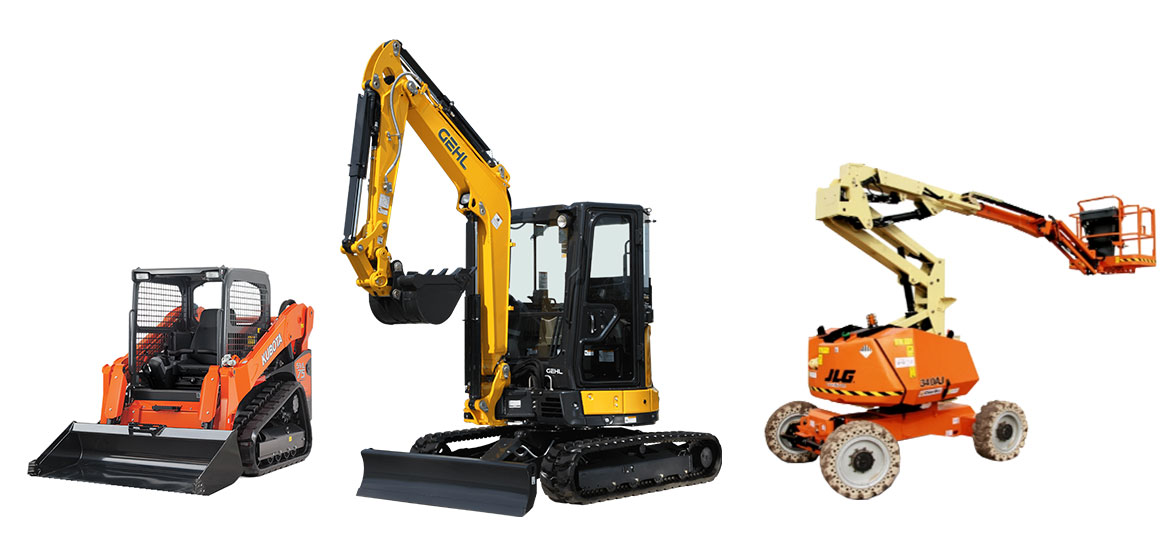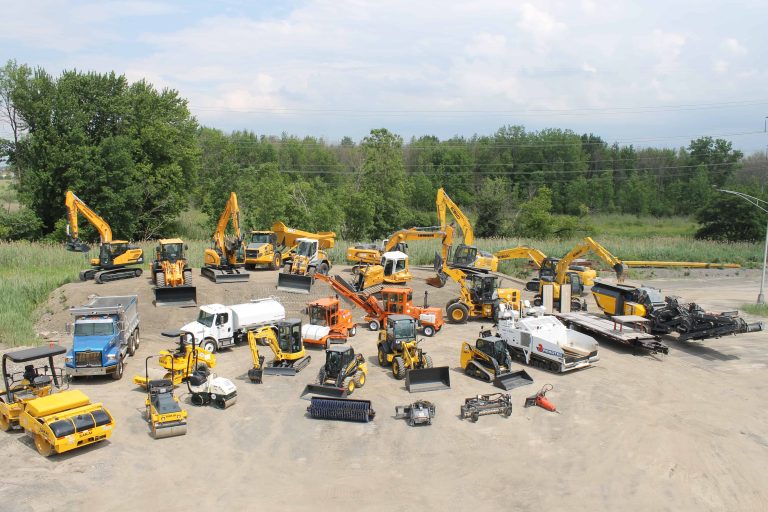Scissor Lift Rental: Safe and Reliable Raising Solutions
Maximize Your Budget by Understanding the Prices Linked With Construction Tools Leasings
Comprehending the complete range of costs linked with building devices services is vital for maximizing your spending plan. While the preliminary rental cost may seem simple, various extra expenses-- such as transport, gas surcharges, and upkeep-- can rapidly accumulate, influencing your financial preparation. Being aware of different charges and the complexities of rental contracts can aid prevent unanticipated economic worries. What methods can be used to efficiently manage these costs and make certain a more effective rental experience?
Review of Rental Expenses
When considering building and construction tools rentals, understanding the associated costs is paramount for efficient budgeting and project planning. Rental prices can vary significantly based on numerous elements, consisting of equipment kind, period of rental, and area. The preliminary rental cost typically mirrors the equipment's market need and its linked operational abilities, affecting the overall cost.
In enhancement to the base rental rate, supplementary prices might emerge, such as transportation charges, gas additional charges, and maintenance fees. It is necessary to account for these extra expenditures to accurately evaluate the overall price of renting out equipment. The rental period can affect rates; longer services might certify for affordable prices, while temporary rentals might incur higher daily charges.

Break Down of Rental Rates
A comprehensive understanding of rental rates is essential for contractors and task supervisors aiming to optimize their budgets. Rental prices for building and construction devices normally include several components, consisting of base prices, time-based fees, and usage costs.
Base prices are the core fees associated with the rental of the tools, commonly identified by the type and dimension of the machinery. These prices can differ substantially, influenced by variables such as devices demand, schedule, and regional market trends. Time-based costs, which may be daily, weekly, or monthly, offer to fit different task timelines and rental durations.
In addition, rental rates might consist of usage charges, which apply when equipment is used beyond a defined threshold, making certain that the rental business can make up deterioration. Seasonal need changes can also impact rental prices, with peak building and construction seasons commonly commanding greater prices.
In addition, comprehending the rental company's policies pertaining to maintenance and insurance policy can offer more insight into the total cost framework. By analyzing these elements, service providers can make informed choices, ensuring the choice of rental equipment aligns with both task requirements and budget plan restraints.
Added Fees to Think About
Understanding the details of added fees is essential for contractors to handle their total service expenditures properly. Beyond the common rental prices, numerous auxiliary costs can considerably impact the total cost of equipment service. These fees often consist of distribution and pick-up fees, which can vary based on distance and logistics visit their website associated with transporting the tools to and from the work website.
Additionally, some rental business may impose gas additional charges if the devices is returned with less fuel than when rented out. It is additionally necessary to recognize prospective cleaning costs, specifically for specific equipment that calls for detailed upkeep after use.

Extensively examining the rental agreement and making clear these extra important source fees in advance can help service providers prevent unexpected prices and guarantee that budget plans remain undamaged throughout the task lifecycle.
Repair And Maintenance Costs
Regular upkeep and repair costs are frequently forgotten elements that can dramatically influence the total cost of building and construction equipment leasings. When renting out equipment, it is vital to consider not just the rental costs but likewise the possible costs connected with maintaining the equipment in optimal operating problem.
Many rental companies include fundamental upkeep as part of the rental agreement; nevertheless, extra comprehensive repair services or unanticipated breakdowns can result in extra expenditures. It's important to assess the rental contract thoroughly to comprehend what upkeep services are covered and what responsibilities fall on the tenant.
Moreover, devices that is not properly maintained can bring about inadequacies on the job site, potentially causing delays and increasing project costs. To mitigate these risks, it is advisable to conduct normal inspections and keep open interaction with the rental copyright pertaining to any kind of concerns that develop during use.
Insurance and Liability Prices
Insurance policy and obligation expenses are vital components that can significantly influence the total cost of building equipment services (forklift rental). These expenses guarantee that both the rental company and the customer are safeguarded from possible financial losses arising from accidents, damage, or burglary throughout the rental duration

Furthermore, customers ought to understand any type of deductibles or exemptions in the insurance plan, as these can impact potential out-of-pocket expenses. Understanding the terms and problems of any insurance policy coverage is important to prevent unanticipated prices. Ultimately, budgeting for insurance and obligation expenses can aid guarantee a smoother rental experience and safeguard against monetary dangers related to building and construction projects.
Conclusion
To conclude, a detailed understanding of the prices connected with building and construction tools leasings is crucial for effective spending plan monitoring. By examining rental prices, extra fees, maintenance expenditures, and insurance policy companies, needs and people can lessen unanticipated expenditures. This strategic method not only improves cost-effectiveness but likewise makes sure that projects progress smoothly and effectively. Ultimately, educated decision-making pertaining to equipment leasings adds to the general success of building endeavors.
Rental costs can differ dramatically based on several elements, including devices type, duration of leasing, and area (heavy equipment rental). The rental duration can influence rates; longer leasings may qualify for reduced rates, while short-term leasings might incur higher everyday costs
By carrying out thorough research study and engaging with trusted rental companies, specialists can effectively browse the complexities of rental prices, inevitably maximizing their economic resources.
Beyond the standard rental rates, numerous additional costs can considerably influence the total expense of tools service. Rental companies commonly provide obligation insurance policy that covers injuries to third celebrations or damages to home, while tools damages insurance can cover the expense of repair services or substitute if the rented equipment is damaged.